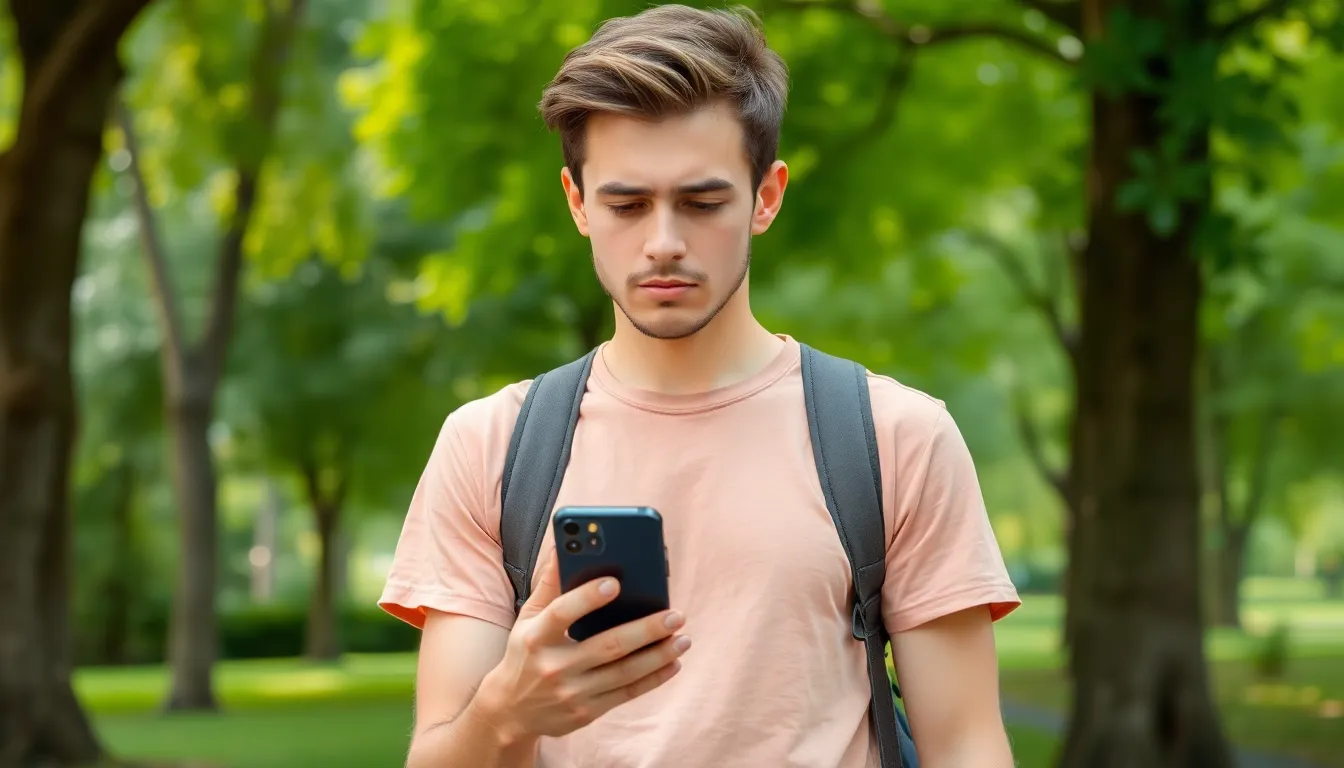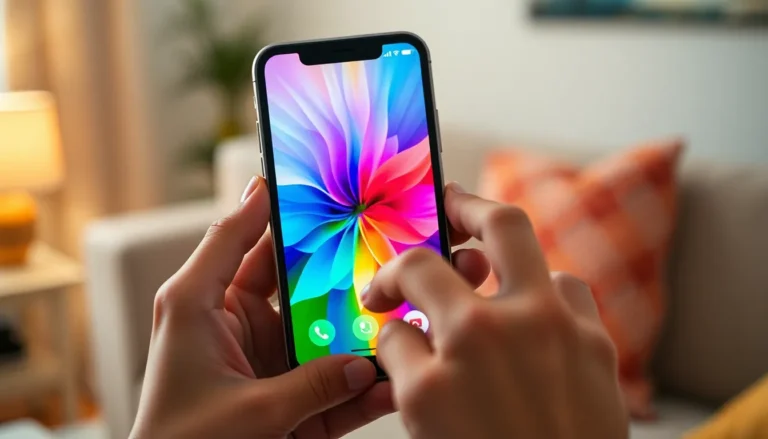Table of Contents
ToggleIn a world where privacy feels like a luxury, keeping your location a secret can be a game-changer. Whether it’s avoiding those pesky location-based ads or simply enjoying a little freedom, knowing how to turn off your iPhone’s location without raising eyebrows is essential. After all, who wants their phone broadcasting their whereabouts like a neon sign?
Imagine strolling through life with the stealth of a ninja, all while your iPhone stays blissfully unaware of your plans. It’s not just about hiding from friends who want to know your every move; it’s about reclaiming your personal space in a digital age that loves to snoop. So, let’s dive into the art of stealthily disabling that location feature, ensuring your iPhone doesn’t spill the beans on your secret adventures.
Understanding Location Services on iPhone
Location services on the iPhone play a crucial role in how apps access and utilize geographical data. These services enable navigation apps, social media platforms, and various utilities to provide personalized experiences based on a user’s whereabouts. While convenient, this access can lead to privacy concerns.
Users can manage these settings to enhance their privacy. Turning off location services completely prevents apps from tracking locations, limiting data collected by third parties. Even while not actively using an app, potential location tracking may still occur, exposing sensitive information.
The settings for location services can be found in the Privacy section of the iPhone’s settings menu. Users can view which apps request location access and adjust settings accordingly. Specific options include allowing access while using the app, accessing it only once, or completely denying access.
Many iPhone users appreciate selective function over complete shutdown. Certain apps, such as maps or ride-sharing, benefit from location services. Adjusting permissions for individual apps allows users to maintain necessary functionality while enhancing privacy.
A temporary disablement of location services can also help. In situations where users don’t want their whereabouts shared, this option provides a simple solution. Quick adjustments can prevent notifications and ensure no one receives alerts about location changes.
Understanding these functionalities makes it easier to reclaim control over privacy. Through informed choices, users can confidently manage their location settings. Knowing the implications helps foster a more secure and comfortable iPhone experience.
Reasons to Turn Off Location Without Notification

Turning off location without notifying others helps maintain privacy while conserving battery life. Several key reasons justify this approach.
Privacy Concerns
Privacy remains a primary motivation for disabling location services. Users often worry about unauthorized access to their geographical data. Apps that track location may share this information with third parties, raising security issues. Maintaining control over location assists in reducing targeted ads and surveillance. Location data can reveal personal habits, movements, and routines. It’s essential for individuals valuing their privacy to restrict tracking capabilities on their devices. Thus, turning off location services quietly safeguards sensitive information from prying eyes.
Battery Saving
Disabling location features can contribute to better battery performance. Location services consume significant battery life due to continuous GPS signals and app access. Apps running in the background increase power drain, especially in remote areas with weak signals. By turning off location without notification, users extend the lifespan of their device’s charge. Maintaining better battery health enhances device usability throughout the day. Adjusting location settings means enjoying the iPhone for a longer period without charging interruptions. Prioritizing battery life becomes simpler with discreet management of location features.
Step-by-Step Guide to Disable Location
Disabling location services on an iPhone enhances privacy while minimizing battery usage. The following methods provide ways to turn off location discreetly.
Using Settings Menu
Accessing the settings menu allows users to manage location preferences effectively. Start by opening the “Settings” app. From there, navigate to “Privacy,” then select “Location Services.” Turning off the entire service can be done by toggling the switch at the top of the screen. Alternatively, adjusting individual app settings enables users to disable location access for specific applications. Users can choose “Never” for apps that don’t require location tracking. This method maintains privacy without notifying others.
Utilizing Airplane Mode
Activating airplane mode serves as a quick way to disable location tracking. Users can swipe down to access the Control Center and tap the airplane icon. This action disables all wireless communications, including GPS, cellular, and Wi-Fi. While airplane mode effectively turns off location services, it also halts all connectivity. To re-enable only Wi-Fi or Bluetooth, users can go back to the Control Center and turn those features on individually. This approach provides privacy when needed without alerting others to the change.
Tips for Managing Location Settings
Managing location settings on an iPhone enhances privacy and control. Users can take specific steps to ensure their whereabouts remain discreet.
Regularly Check Location Sharing
Checking location sharing settings is crucial. Misconfigured settings can lead to unintended exposure of personal data. Users should routinely review which contacts or apps have access to location information. iPhone users can access location sharing settings through the Privacy section. Disabling sharing with certain contacts or apps reduces the risk of unwanted notifications or location tracking. Regular checks help maintain privacy and ensure users stay informed about who can view their location.
Understanding App Permissions
Understanding app permissions protects personal information. Each app can request different levels of location access, from never to always. Users must evaluate the necessity of location services for each app. Limiting access to only when the app is active provides a good balance between functionality and privacy. Individual permissions are adjustable in the Privacy settings. Users should regularly review these permissions to ensure only essential apps retain access to location data. This proactive approach safeguards personal information while still enjoying useful app features.
Disabling location services on an iPhone is a straightforward way to enhance privacy and maintain control over personal data. By following the steps outlined in the article users can effectively manage their location settings without alerting others. This not only protects against unwanted tracking but also conserves battery life.
Taking the time to regularly review app permissions ensures that only necessary applications have access to location information. This proactive approach empowers users to enjoy their devices while safeguarding their privacy. With these strategies in place individuals can navigate their digital lives more freely and securely.







